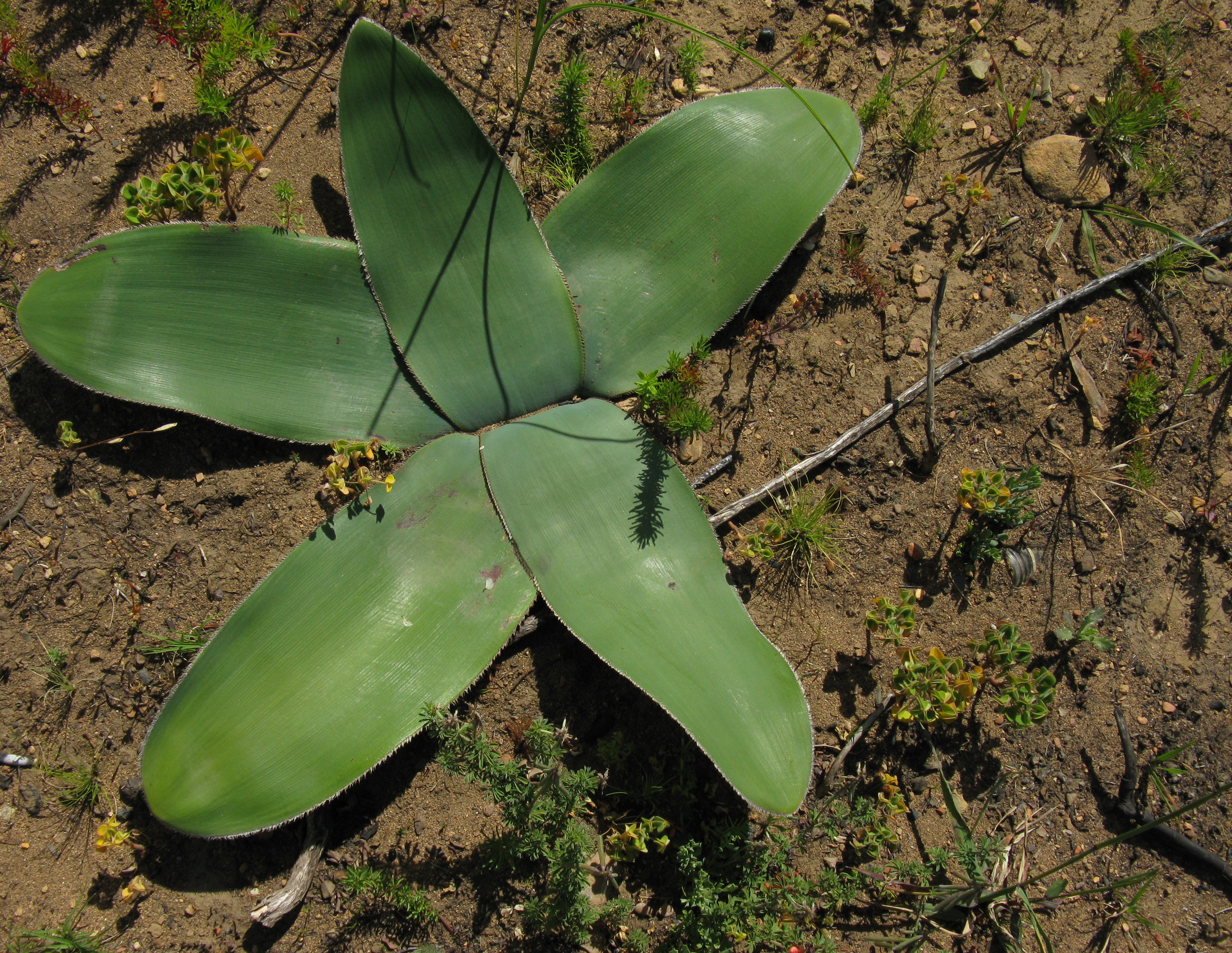|
Vernation
Vernation or leafing is the formation of new leaves or fronds. In plant anatomy, it is the arrangement of leaves in a bud. In pine species, new leaves are short and encased in sheaths. Each leaf bundle consists of two to five needles. All the leaves on one section of branch grow in length together. In cabbage species, new leaves are folded over, each covered by the previous leaf. Name The term ''vernation'' is borrowed from New Latin , the act of being verdant or flourishing (). It is cognate with (Latin for " spring") and ("vernal"). Circinate vernation Circinate vernation is the manner in which most fern fronds emerge. As the fern frond is formed, it is tightly curled so that the tender growing tip of the frond (and each subdivision of the frond) is protected within a coil. At this stage it is called a crozier (after the shepherd's crook) or fiddlehead (after the scrollwork at the top of a violin). As the lower parts of the frond expand and toughen up, they begin ... [...More Info...] [...Related Items...] OR: [Wikipedia] [Google] [Baidu] |
Leaf
A leaf (: leaves) is a principal appendage of the plant stem, stem of a vascular plant, usually borne laterally above ground and specialized for photosynthesis. Leaves are collectively called foliage, as in "autumn foliage", while the leaves, stem, flower, and fruit collectively form the Shoot (botany), shoot system. In most leaves, the primary Photosynthesis, photosynthetic Tissue (biology), tissue is the palisade mesophyll and is located on the upper side of the blade or lamina of the leaf, but in some species, including the mature foliage of ''Eucalyptus'', palisade mesophyll is present on both sides and the leaves are said to be isobilateral. The leaf is an integral part of the stem system, and most leaves are flattened and have distinct upper (Glossary of botanical terms#adaxial, adaxial) and lower (Glossary of botanical terms#abaxial, abaxial) surfaces that differ in color, Trichome, hairiness, the number of stomata (pores that intake and output gases), the amount and ... [...More Info...] [...Related Items...] OR: [Wikipedia] [Google] [Baidu] |
Leaf Sheath
A leaf (: leaves) is a principal appendage of the stem of a vascular plant, usually borne laterally above ground and specialized for photosynthesis. Leaves are collectively called foliage, as in "autumn foliage", while the leaves, stem, flower, and fruit collectively form the shoot system. In most leaves, the primary photosynthetic tissue is the palisade mesophyll and is located on the upper side of the blade or lamina of the leaf, but in some species, including the mature foliage of ''Eucalyptus'', palisade mesophyll is present on both sides and the leaves are said to be isobilateral. The leaf is an integral part of the stem system, and most leaves are flattened and have distinct upper ( adaxial) and lower (abaxial) surfaces that differ in color, hairiness, the number of stomata (pores that intake and output gases), the amount and structure of epicuticular wax, and other features. Leaves are mostly green in color due to the presence of a compound called chlorophyll which ... [...More Info...] [...Related Items...] OR: [Wikipedia] [Google] [Baidu] |
Involute Vernation
Vernation or leafing is the formation of new leaves or fronds. In plant anatomy, it is the arrangement of leaves in a bud. In pine species, new leaves are short and encased in sheaths. Each leaf bundle consists of two to five needles. All the leaves on one section of branch grow in length together. In cabbage species, new leaves are folded over, each covered by the previous leaf. Name The term ''vernation'' is borrowed from New Latin , the act of being verdant or flourishing (). It is cognate with (Latin for " spring") and ("vernal"). Circinate vernation Circinate vernation is the manner in which most fern fronds emerge. As the fern frond is formed, it is tightly curled so that the tender growing tip of the frond (and each subdivision of the frond) is protected within a coil. At this stage it is called a crozier (after the shepherd's crook) or fiddlehead (after the scrollwork at the top of a violin). As the lower parts of the frond expand and toughen up, they begin to ... [...More Info...] [...Related Items...] OR: [Wikipedia] [Google] [Baidu] |
Compound Leaves
A leaf (: leaves) is a principal appendage of the stem of a vascular plant, usually borne laterally above ground and specialized for photosynthesis. Leaves are collectively called foliage, as in "autumn foliage", while the leaves, stem, flower, and fruit collectively form the shoot system. In most leaves, the primary photosynthetic tissue is the palisade mesophyll and is located on the upper side of the blade or lamina of the leaf, but in some species, including the mature foliage of ''Eucalyptus'', palisade mesophyll is present on both sides and the leaves are said to be isobilateral. The leaf is an integral part of the stem system, and most leaves are flattened and have distinct upper ( adaxial) and lower (abaxial) surfaces that differ in color, hairiness, the number of stomata (pores that intake and output gases), the amount and structure of epicuticular wax, and other features. Leaves are mostly green in color due to the presence of a compound called chlorophyll whic ... [...More Info...] [...Related Items...] OR: [Wikipedia] [Google] [Baidu] |
Leaflet (botany)
A leaflet (occasionally called foliole) in botany is a leaf-like part of a compound leaf. Though it resembles an entire leaf, a leaflet is not borne on a main plant stem or branch, as a leaf is, but rather on a leaf, petiole or a branch of the leaf. Compound leaves are common in many plant families and they differ widely in morphology (biology), morphology. The two main classes of compound leaf morphology are Leaf shape, palmate and pinnate. For example, a ''Cannabis, hemp'' plant has palmate compound leaves, whereas some species of ''Acacia sensu lato, Acacia'' have pinnate leaves. The ultimate free division (or leaflet) of a compound leaf, or a pinnate subdivision of a multipinnate leaf is called a pinnule or pinnula. Image:Ветвь акации.jpg, Pinnate leaf of a Fabaceae, legume with 10 leaflets Image:Mimosa Pudica.gif, ''Mimosa pudica'' folding leaflets inward. See also * Compound leaf References Leaf morphology {{plant-morphology-stub ... [...More Info...] [...Related Items...] OR: [Wikipedia] [Google] [Baidu] |
Royal Botanic Gardens, Kew
Royal Botanic Gardens, Kew is a non-departmental public body in the United Kingdom sponsored by the Department for Environment, Food and Rural Affairs. An internationally important botanical research and education institution, it employs 1,100 staff. Its board of trustees is chaired by Dame Amelia Fawcett. The organisation manages botanic gardens at Kew in Richmond upon Thames in south-west London, and at Wakehurst, a National Trust property in Sussex which is home to the internationally important Millennium Seed Bank, whose scientists work with partner organisations in more than 95 countries. Kew, jointly with the Forestry Commission, founded Bedgebury National Pinetum in Kent in 1923, specialising in growing conifers. In 1994, the Castle Howard Arboretum Trust, which runs the Yorkshire Arboretum, was formed as a partnership between Kew and the Castle Howard Estate. In 2019, the organisation had 2,316,699 public visitors at Kew, and 312,813 at Wakehurst. Its site ... [...More Info...] [...Related Items...] OR: [Wikipedia] [Google] [Baidu] |
Midrib
A primary vein, also known as the midrib, is the main vascular structure running through the center of a leaf. The primary vein is crucial for the leaf’s efficiency in photosynthesis and overall health, as it ensures the proper flow of materials and structural integrity. It serves several critical functions, including structural support, as the primary vein helps the leaf maintain its shape and structure; food and water transportation, as it contains xylem and phloem tissues that transport water, minerals, and nutrients to and from the leaf; and connection to the stem, as it links the leaf to its vascular system, facilitating the exchange of materials between the leaf and the rest of the plant Plants are the eukaryotes that form the Kingdom (biology), kingdom Plantae; they are predominantly Photosynthesis, photosynthetic. This means that they obtain their energy from sunlight, using chloroplasts derived from endosymbiosis with c .... From the primary vein, secondar ... [...More Info...] [...Related Items...] OR: [Wikipedia] [Google] [Baidu] |
Byblis (plant)
''Byblis'' ( ) is a small genus of carnivorous plants, sometimes termed the rainbow plants for the attractive appearance of their mucilage-covered leaves in bright sunshine. Native to Australia and New Guinea, it is the only genus in the family Byblidaceae. The first species in the genus was described by the English botanist Richard Anthony Salisbury in 1808. Eight species are now recognised. ''Byblis'' species look very similar to ''Drosera'' and '' Drosophyllum'', but are distinguished by their zygomorphic flowers, with five curved stamens off to one side of the pistil. These genera are in fact not closely related; modern classifications place ''Byblis'' in the Lamiales, while the sundews and ''Drosophyllum'' are now placed in the Caryophyllales. Plant characteristics All species of the genus form upright growth supported by a weak, fibrous root system. The genus can be divided into two groups or "complexes": The ''B. liniflora'' complex and the ''B. gigantea'' complex. Le ... [...More Info...] [...Related Items...] OR: [Wikipedia] [Google] [Baidu] |
Triphyophyllum
''Triphyophyllum peltatum'' is a facultatively carnivorous,Walker, C. (2023)Triggered by phosphorous [''sic''deficiency.] Nature Plants, 9(6), 853-853. up to 60 m tall vineCross, A., Krueger, T., Restoration Ecology Lab, Ecological Health Network, & Missouri Botanical Garden. (2020, November 26). Save me, Seymour! The increasingly dire plight of Darwin’s “Most wonderful plants in the world.” Natural History of Ecological Restoration. Retrieved March 28, 2025, from https://mbgecologicalrestoration.wordpress.com/2020/11/26/save-me-seymour-the-increasingly-dire-plight-of-darwins-most-wonderful-plants-in-the-world/ in the monotypic genus ''Triphyophyllum'' in the family Dioncophyllaceae native to tropical western Africa, in Guinea, Ivory Coast, Liberia, and Sierra Leone where it grows in tropical rainforest. Description Vegetative characteristics It is a facultatively carnivorous, heterophyllous, up to 60 m tall vine with glabrous, terete stems. It has a three-stage lifecycl ... [...More Info...] [...Related Items...] OR: [Wikipedia] [Google] [Baidu] |
Drosophyllum
''Drosophyllum'' ( , rarely ) is a genus of carnivorous plants containing the single species ''Drosophyllum lusitanicum'', commonly known as Portuguese sundew or dewy pine. In appearance, it is similar to the related genus ''Drosera'' (the sundews), and to the much more distantly related '' Byblis'' (the rainbow plants). Description ''Drosophyllum lusitanicum'' is a perennial carnivorous plant with woody stems at the base, short, simple or rarely branched, tortuous or erect. Leaves are basal in a dense rosette, sessile, linear, sheathed, circinate, covered with sessile and pedunculated glands. The caulines are sessile, alternate, the upper bracteiform. Flowers are on top, racemiform or corymbiform and bear five yellow petals. The flower calyx has five lobes and is late deciduous. The plant has ten stamens and introrsal anthers. Gynoecium has five carpels. It has five styles, simple; capitate stigma. Fruit is in a unilocular capsule, and is partially divided into five locule ... [...More Info...] [...Related Items...] OR: [Wikipedia] [Google] [Baidu] |




